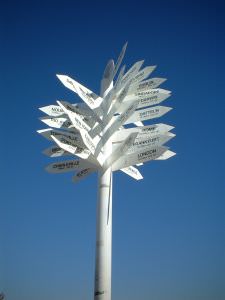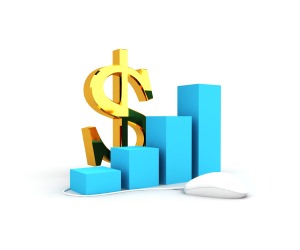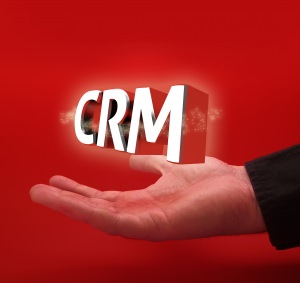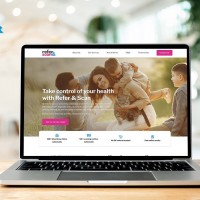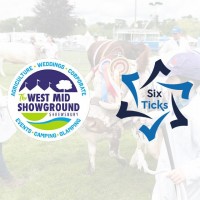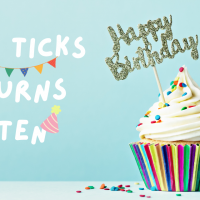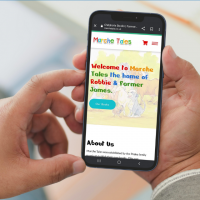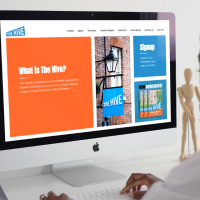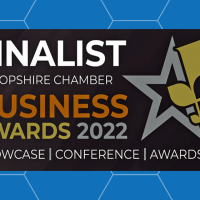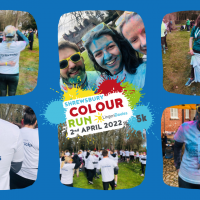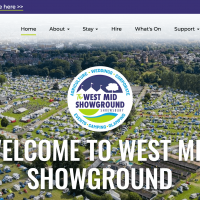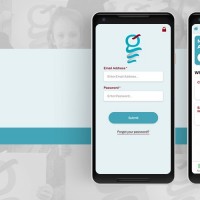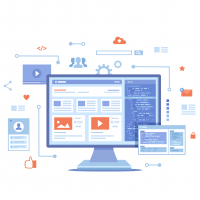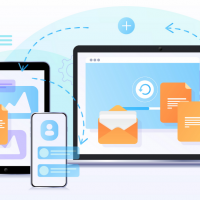Introduction
First things first, this is quite an open-ended question! We will try to fit as much as possible into this, but you are bound to have further questions. That's not a problem, feel free to contact us with any questions you might have.
This is not the actual, specific definition of CRM, but an explanation of what CRM can cover. Fundamentally, CRM is a way of working that manages relationships with current and future customers. It can be followed at a company-wide scale, in individual departments or just by adopting certain aspects. This article will be kept up to date and we will also follow this up with articles on how to adopt CRM.
Let's get started.
The Evils of Bushy Spon
Seagoon: Do you know anything about lamp-posts?
Eccles: Yeah! ... go on... ask me a question about a lamp-post. Ask me a question!
Seagoon: Ok. What is a lamp-post?
Eccles: Oho! The hard ones first, eh!"
The Goon Show - The Evils of Bushy Spon - 17th March 1958
Whenever somebody asks me "What is CRM?" I always think of the Goon Show sketch above.
Usually, "what is..." questions are quite easy to give a simple answer to. When it comes to CRM though, it's a completely different story. Even the full title doesn't do CRM justice.
Customer Relationship Management? Hmm... Yes and No.
Yes, CRM covers managing your relationships with your customers, but it doesn't have to stop there. It's also very vague as to what is covered by a "Customer Relationship".
You will no doubt have heard or read that CRM is something along the lines of an "approach to managing customer relationships". While technically correct, it's quite a weak description of what can be an extremely powerful approach to business.
It can be a bit daunting, but the rewards are there so let's break it down.
C the Difference
The "C" in CRM officially stands for "Customer". It's only when you read the definition that it states Customer means both current and future customers. However, for someone just taking a quick glance or just hearing what CRM stands for, it can be quite misleading.
So, who are current and future customers? Well, technically, it's everyone. Every company, person and contact you either currently deal with, you're looking to deal with or you might possibly deal with at some point.
The "C" in CRM covers every customer, lost customer, prospect, lost prospect and prospects you're not even aware of yet. Sounds ridiculous? Hold that opinion for a moment while we take a look at the "R".
R We Nearly There Yet
Now that we know CRM applies to everyone your company deals with and might possibly deal with in the future, it's time to look at which areas of the company are covered.
The "R" stands for "Relationship", but, again, is that the full picture? Relationships are usually mainly managed by the Sales and Customer Service teams, aren't they? So does that mean CRM is only meant for selling and keeping people happy? Let me give you a clue: No!
Making sales is what most companies strive for, but some organisations have alternative goals. For example, instead of sales, a charity's main goal may be fund-raising. For CRM though, we need whatever the ultimate goal is for the organisation and we need to put the ultimate goals at the top of the tree.
Once we have those goals, we need to look at what it takes to achieve them. Again, it's almost everything.
There are very few things that companies do which aren't geared towards their end goals. For example, HR (Human Resources) or Personnel is there to oversee staff. Without HR overseeing the staff and dealing with issues, the company would have less happy, less productive and possibly just less staff. So, as an example, even HR helps to make sure the staff are there and working towards the company goals.
When you think about it that way, there's not really much that "Customer Relationship" doesn't cover.
Surely everything is just too much to cover though?
Is it? Companies already do all of these things and CRM is not asking you to do anything extra. It's simply asking you to think about how you do it, have an element of control over how you do it and to focus what you are doing in order to achieve your end goal in a more efficient way.
CRM doesn't take any extra time or effort. In fact, done properly, CRM does the complete opposite. It makes you more efficient, leaving more time for everyone to play their part in closing some deals!
The "M" is for "Management"
This one is actually quite simple, especially compared to the "C" and "R". The "M" is for "Management". It's quite simply managing everything covered in "Customer Relationship", which we have established is... well... everything.
But how can you possibly manage everything in one process?
This is another common misconception, which puts a lot of people off CRM. CRM is not a methodology like PRINCE2 or ITIL. It's an approach, which means it can be as flexible and as loose as you want, as long as you are geared towards achieving your end goal.
CRM allows for sub-processes, meaning staff do not have to change how they work. For example, if your sales staff follow "SPIN selling", you can incorporate that methodology into your CRM approach.
So how do you focus all of your processes?
It doesn't sound easy, does it? Well, rest assured that you can't adopt CRM over night. It's part of a change in mentality that must come from the top and be enforced by those at the top.
The easiest way to focus all of your processes on your end goal is actually the main objective of CRM. In order to give you the best chance of hitting your targets, make sure you can quickly and easily get a clear picture of every customer in one place. That means that you should be able to look in one particular place to find out absolutely anything about a customer that you need to know in order to achieve your goal.
By adopting CRM you should be able to follow the links from where you first came into contact with the customer, to where you are today. For example:
- Any communication you have had with them and which communications were the most important.
- Any marketing campaigns they have been involved in and their engagement (click-throughs, responses, etc).
- How frequently they visited your website and what they viewed.
- Whether or not they interacted with your social media campaigns.
- Which products and services they have shown interest in, when and which they have purchased.
It sounds like a lot of information, but it is worth it. Not only does it help you interact with the customer, prepare sales pitches and react to queries much more easily. It also helps you to analyse what works within multiple departments of your business and apply those best practices across the board.
Customer-Centric Processes
While there may be examples of alternative goals, the majority of companies depend on customers. Seeing as we're putting the company's goals at the top of the tree, it means we're putting the customer at the top of the tree. This is the real, underlying point of the absolute majority of CRM implementations.
Put the customer first.
Your business should be customer-centric and everyone should be working towards making the customer happy, while maximising profit and minimising both mistakes and effort.
CRM Systems
Just where to store all of that information is a big question. Depending on the size of the business, it's not always going to be plausible to have one system that every employee uses for all of their different jobs. However, it is easily plausible to have one system to summarise all of your disparate data and that's where CRM systems come into play.
For small to medium businesses, a CRM system can be all encompassing. It can cover multiple processes for hundreds of staff (Sage's biggest CRM customer has 2,200 users all working on the same, market-leading system). However, even if there are multiple systems, all that is needed is for the data (even summarised data) to be fed into one CRM system.
But who looks at the data?
There's not much point in having everything in one place unless people are actually going to look at it. So, who should be looking at the CRM data?
For day-to-day use, the CRM system is most useful for customer interactions. This is usually sales staff and Customer Relations/Customer Service. These are the people that can put this information to best use. Sales staff can use it to get to know customers and make sales. CR/CS staff can use it to get past history on issues and deal with them effectively.
As mentioned earlier though, a lot of lessons can be learned from having all your data in one place. So, potentially, any department can benefit from CRM systems. Marketing, Business Intelligence and Business Analysis staff find CRM data particularly useful.
Summary
- CRM aims to amalgamate all aspects of the business into one central data source.
- It incorporates all existing processes in a business, but focuses them to one common goal.
- The overall aim of CRM is to achieve a company's goals (usually make sales) more efficiently and with assistance from better data.
- CRM is about putting the customer first by having an entirely customer-centric business.
- CRM covers all customers, prospects and non-prospects.
- CRM is a change in mentality within the business and adoption of CRM must come from the top.
- CRM systems give a central point for all customer-facing teams to work from and can be used to run entire businesses.

